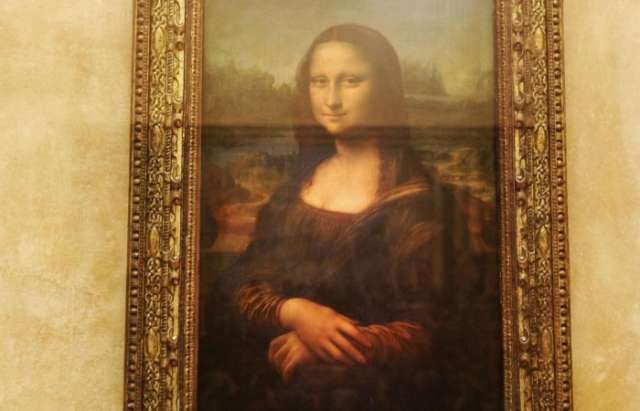This is according to researchers from the University of Freiburg, who tested survey participant reactions to portraits.
The team digitally manipulated black and white versions of the iconic portrait, creating four incrementally "happier" and gradually "sadder" versions of the image by adjusting the corner of her mouth.
A block of nine images were shown to 12 trial participants 30 times, and were shuffled, with study participants asked to grade whether the Mona Lisa was happy or sad in each.
Surprisingly, the original image was seen to be happy 97 per cent of the time.
Juergen Kornmeier of the University of Freiburg, co-author of the study, told the AFP:
Given the descriptions from art and art history, we thought that the original would be the most ambiguous.
However, the study showed that given the relative context of a field of faces, the original was perceived as happy.
Kornmeier said:
Our brain manages to very, very quickly scan the field. We notice the total range, and then we adapt our estimates.
Not such an ambiguous smile after all, it seems.
/The Independent/
More about: #MonaLisa















































